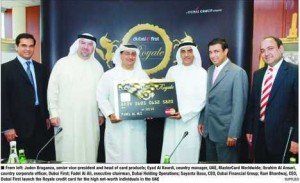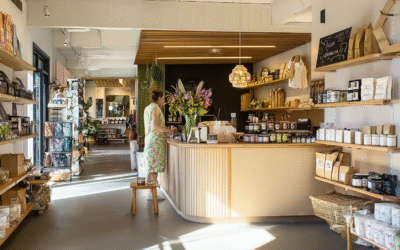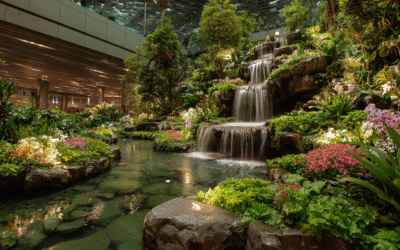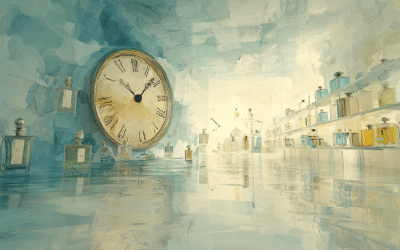With the desire to demonstrate one’s status growing stronger and wealth levels increasing, its becoming increasingly hard to “brand” oneself as “wealthy” I guess. If platinum cards are becoming passe then what does one do? Well Mastercard have come up with an option – a new diamond studded card. Its inlaid with a 0.02c diamond and laced with real gold. The card will also come with special designs based on the cardholder’s gender. The female card will have a picture of a peacock while the man’s card will carry a picture of a winged horse.
The card will have a $1,000 annual fee and was launched by Mastercard and Kazhommerstsbank – the second largest bank in Kazakhstan where the recent oil & minerals boom have created a fresh crop of billionaires eager to show the world they’re rich. The card has a credit limit of 50,000 which is $20,000 higher than the platinum card.
Its not dissimilar to a card launched earlier this year – the Royale Mastercard for Dubai First bank. That too is diamond-encrusted. The Royale Mastercard also gets you preferential access to the Burj Al Arab hotel, special yacht charters and a personal manager. The biggest difference with this card I guess is that it reportedly offers an unrestricted credit limit providing your assets amount to at least Dh3.67 million and you have a monthly salary of at least Dh100,000.




